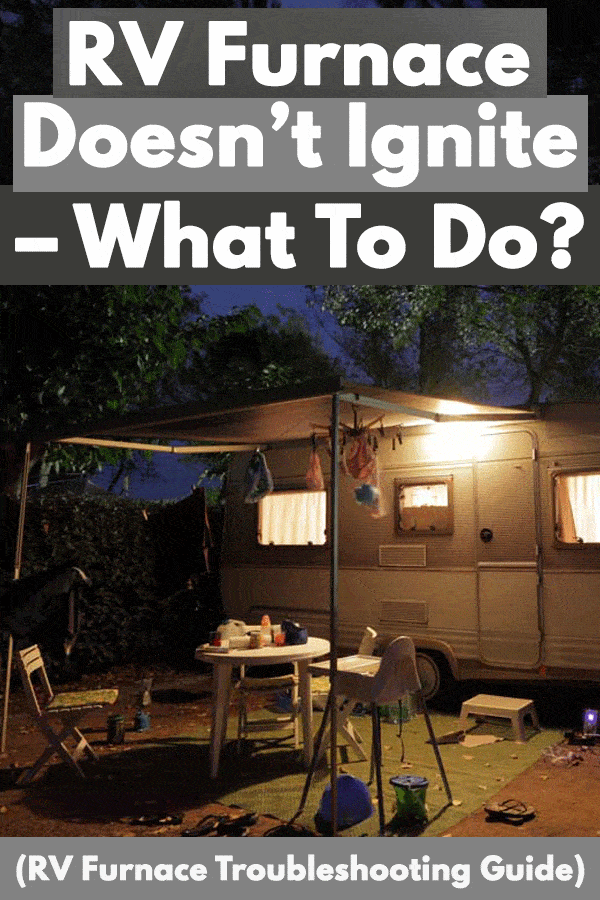 The RV furnace doesn't ignite? Any of these could be to blame here -
The RV furnace doesn't ignite? Any of these could be to blame here -
- Thermostat
- Gas line
- Filter
- The furnace itself
What to do exactly, depends on the source of the malfunction. Although some ignition failures can be corrected without professional help, some just do not qualify for being DIY projects. Keep reading to learn more about the various possible problems that could cause an RV furnace not to ignite.
Things to Do When RV Furnace Doesn’t Ignite
First, it is essential to understand what kind of furnace is installed in your RV. If it’s an electric furnace, then possible reasons for ignition failure includes the battery power not being sufficient or the fuse in the furnace being blown. When a propane or gas furnace isn’t igniting, the problem can be that you don’t have enough propane supply or your gas valve is not opening. Let’s discuss RV furnace ignition problems and their solutions in detail.
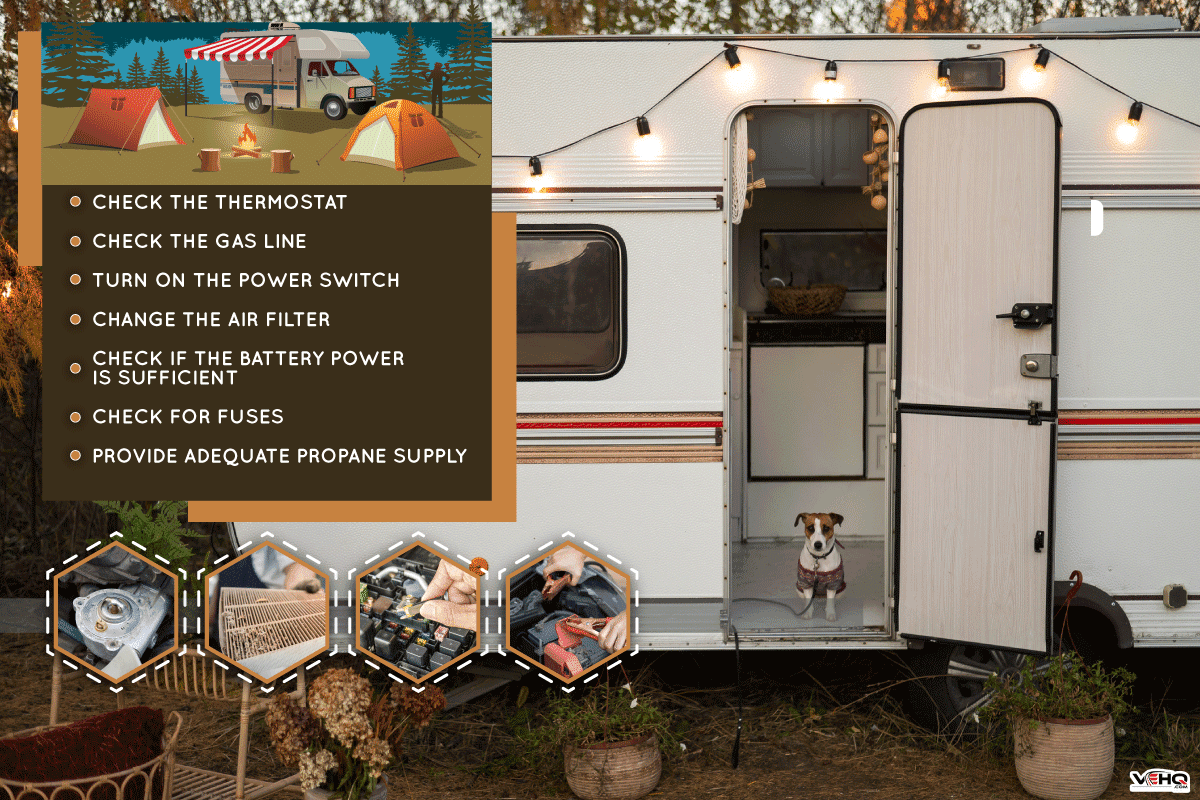
Check the Thermostat
Make sure that your thermostat is set at a higher degree than the room temperature. You can also switch on the fan, forcing the furnace to start releasing heat. If you have an electric furnace with a display, check the programmable thermostat for an error code or see if it gives you any information on the failure.
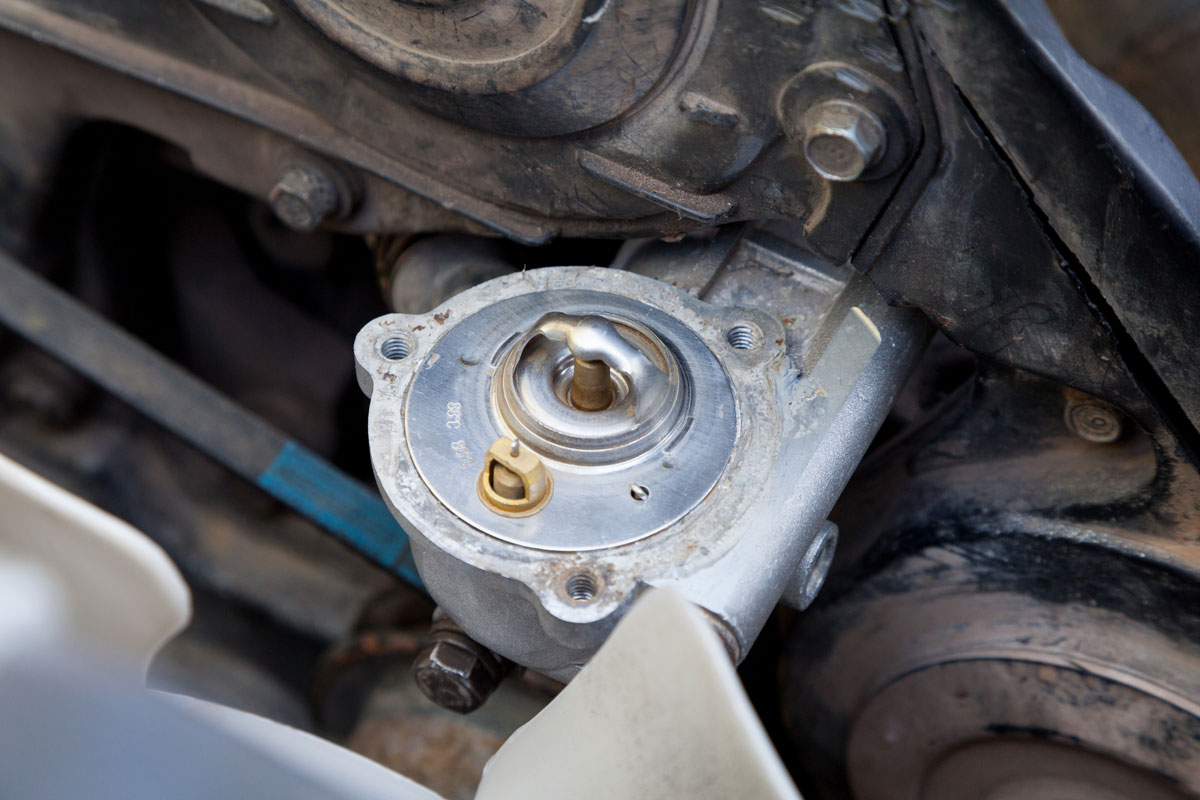
Check the Gas Line
Firstly, examine the shut-off valve on the exterior of the furnace and see if the gas is turned on. You can also confirm gas supply by burning on another appliance that uses it. Once confirmed, check if the gas is reaching the furnace properly. See that the valve is open, clear, and not damaged in any way. Ensure that the furnace is getting the required amount of fuel needed for ignition. If you do smell gas and recognize a leak, evacuate the premises and call for professional help immediately.
Turn on the Power Switch
It doesn’t matter if your RV furnace runs on electricity or gas; they both have a power switch inside them. Make sure that it is turned on. You can also inspect the breaker. If the power to the furnace has been tripped, turn it on again. If the tripping continues to persist, you need to get your furnace checked by a professional technician.
Change the Air Filter
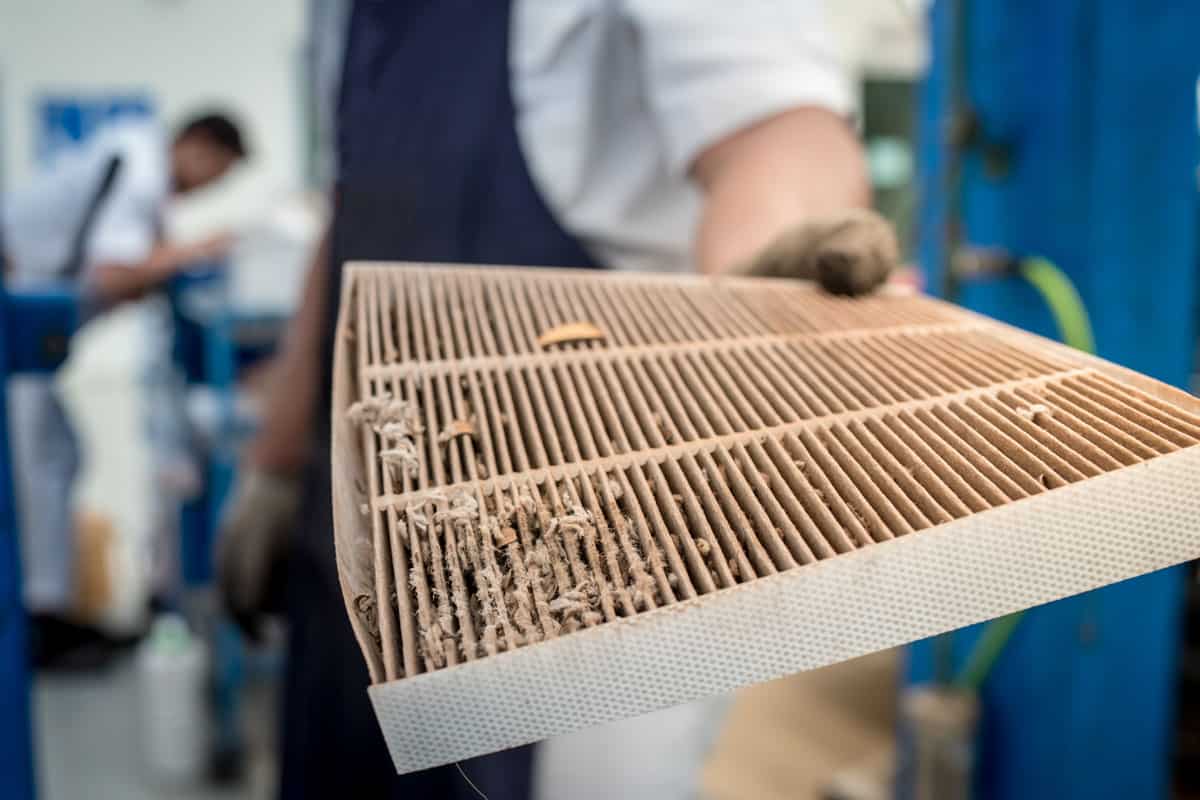
Check if the air filter, vents, and the registers of the furnace are replaced recently, clean, and not clogged at all. The filter needs to be clear of any blockages and free of any obstructions. If you fail to do so by yourself, get professional help to have the ventilation problems solved and the air ducts cleared for efficient air flow.
Check if the Battery Power is Sufficient
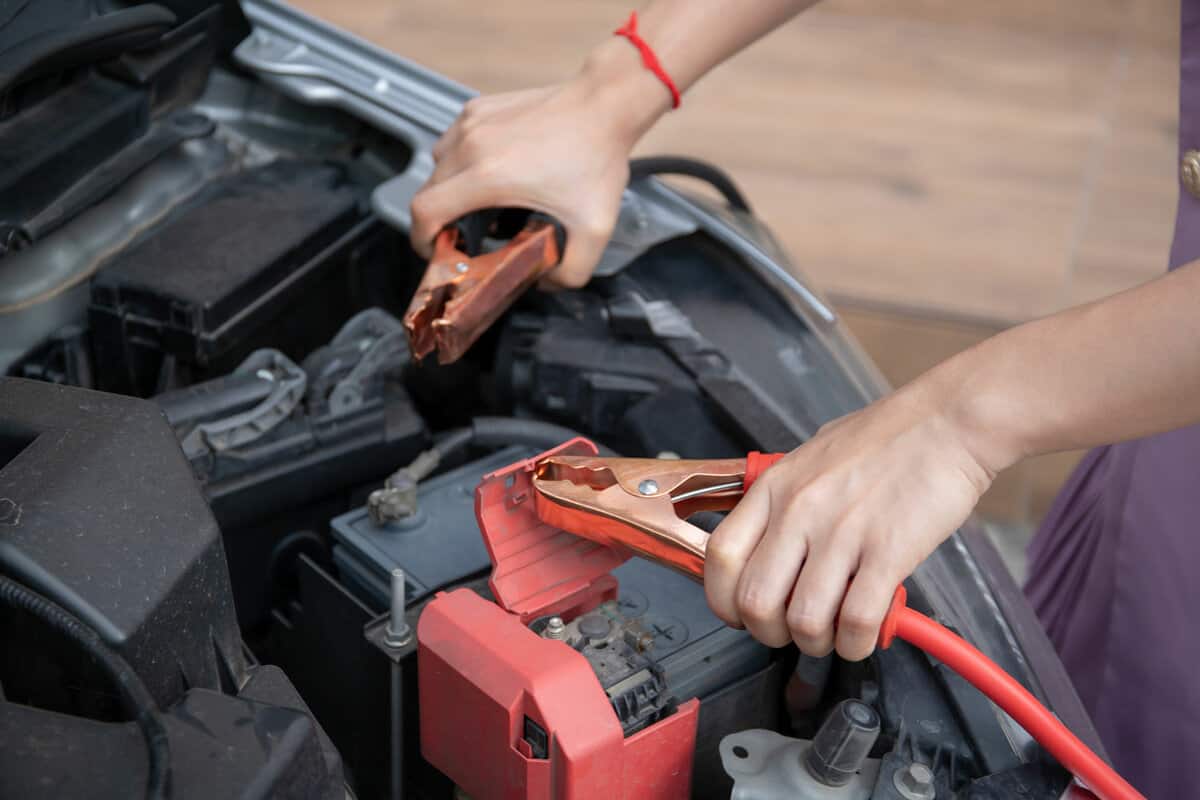
An electric RV furnace operates with a 10.5V supply. The best way to check the battery power is by using a multimeter. You can also use a blower to verify this scenario as it needs lesser than the stated voltage to run. Connect one and see if it operates; if it does, then there isn’t sufficient voltage supply for the furnace to ignite. Thus, the battery needs to be changed. If your battery is still under its warranty, you can send it to the manufacturer to be repaired. If not, you can purchase a new one from a store or order it online.
Check for Fuses
The electric board of the electric RV furnace and its DC supply has a fuse located in between them. If black smoke is releasing out of the fuse, it means it has blown. A blown fuse breaks off the battery supply and thereby causes ignition failure.
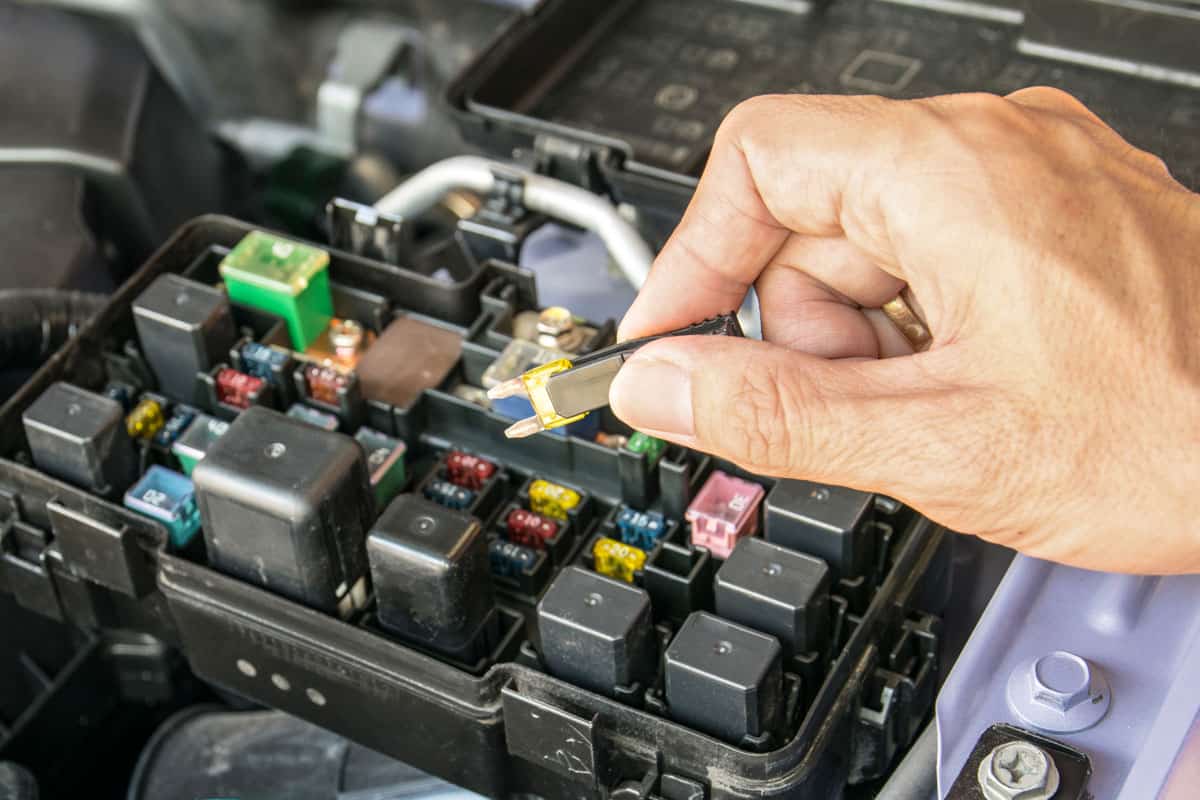
Provide Adequate Propane Supply
An RV furnace needs a proper supply of propane to ignite. Turn on the power and wait for a little while. Now see if you can smell the gas near the exhaust of the furnace. If not, then it is probably out of propane gas. You need to get the gas filled. Make sure that you do this process carefully else it can result in injuries and burns.
What if the RV Furnace Won’t Stay Lit?
Sometimes the RV furnace does ignite but doesn’t stay lit. Here are some reasons why that happens and how you can tackle the situation:
Defected Thermocouple
Furnaces that come with pilot lights also consist of a thermocouple. This device is for safety purposes; it lets you know whether the pilot light is lit or not. If the pilot light extinguishes, then the thermocouple blocks the gas valve to stop the gas from leaking. If a thermocouple fails to function normally, it can have trouble detecting the heat from the pilot light. This would cause it to block the gas valve unsystematically which can result in the furnace not staying lit. You can either hire a professional to make necessary repairs or simply replace the faulty part.
Faulty Thermostat
A thermostat that is malfunctioning can cause the furnace to believe that it has reached a certain temperature while in reality, it hasn’t. You can temporarily replace the thermostat of your RV with an inexpensive one and check if the problem persists. If it doesn’t, then you need to purchase a new thermostat. However, if it does, you might want to check for other problems or hire an expert.
Clogged Drain
A condensing RV furnace comes with a condensate pan which collects excess liquid that drips from the furnace. If the drain is blocked, the pan can overflow with the condensate, thus triggering a sensor that turns off the furnace automatically to prevent spillage. Clear the clogged drain using a wire or empty the pan regularly to prevent this problem from occurring.
Blower Motor Issues
Turn on the furnace and while it is running. Check if hot air is blowing out from the vent. You can do so by placing your hand over a supply register but make sure you don’t burn your skin. If there is no hot air flow, it means that the motor is out of power. The furnace gets automatically turned off to prevent the heat exchanger from overheating. It is also possible that the fan relay is damaged or the belt of the motor is frayed. You can get all these motor problems fixed by hiring a professional.
Restricted Air Flow
Restricted air flow can be caused by dirty, clogged air ducts, vents, and registers. This can cause the heat exchanger to overheat which results in the gas valve being closed. This further causes the furnace to overheat and then reverting to a normal temperature and reigniting. You can solve your ventilation problems by cleaning or replacing the air filters. If the problem persists, you might need the help of a professional.
Can You Run Your Furnace Without a Filter?
Other than purifying your air, an air filter keeps the inner mechanism of your furnace function properly. A furnace consists of a blower fan. That fan first sucks the air in from your interior and throws it into the furnace. That air passes through the filter before turning hot and re-circulating back into the space. The closely packed woven fiberglass, fabric or paper elements of the filter trap are injurious and contain particles that harm the environment. If your air filter is filled with dirt and debris, then it is possible that your surroundings won’t heat up, the airflow would be poor, you’ll get higher utility bills, and your furnace will overheat.
Can a Furnace Leak Carbon Monoxide if It Is Off?
Technically, your RV furnace won’t leak carbon monoxide if you aren’t operating it but it can still pull in this poisonous gas from other appliances in your surroundings and circulate it around the space. When natural gas, propane, coal, wood, oil, or kerosene goes through incomplete burning, this harmful byproduct gets created. You can detect carbon monoxide poisoning by symptoms such as headache, dizziness, nausea, and fatigue. Severe symptoms include disorientation, vomiting, loss of coordination, and blackouts.
Every furnace releases some carbon monoxide. It is essential to take preventative measures such as installing a CO detector, having your furnace installed professionally, and leaving its maintenance to the experts.
Final Words
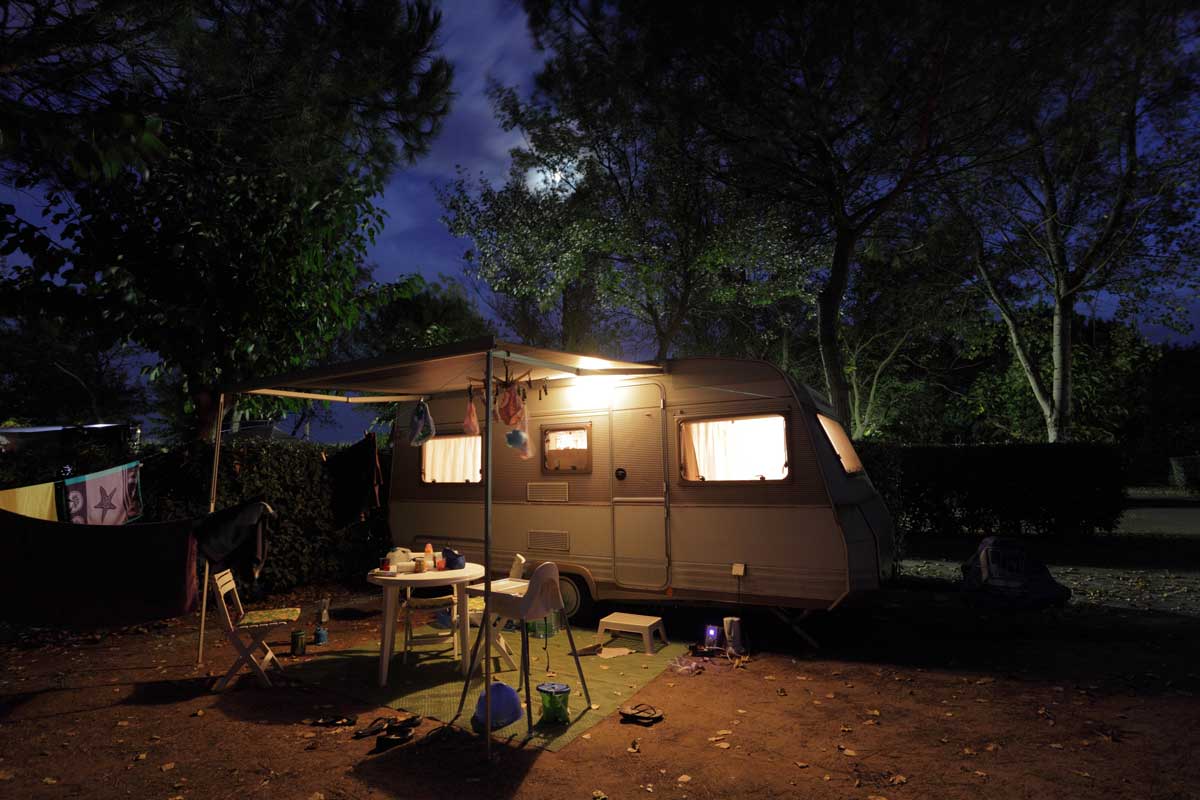
Troubleshooting an RV furnace is usually a DIY task but if the problems persist, it can get frustrating and time-consuming. If you have any doubts about the working conditions of the system, it’s ok to simply replace it with a new one! Try the above tips to solve ignition problems and see if they work well for you.

Examine the thermostat wiring to ensure it is connected properly and there are no loose or damaged wires.
Diagnosing a non-igniting Suburban RV furnace can be challenging due to its many components.